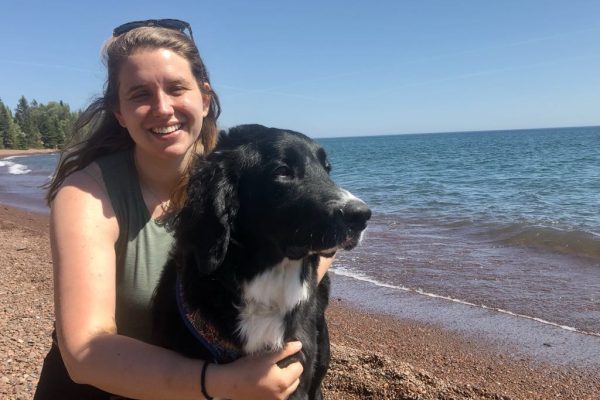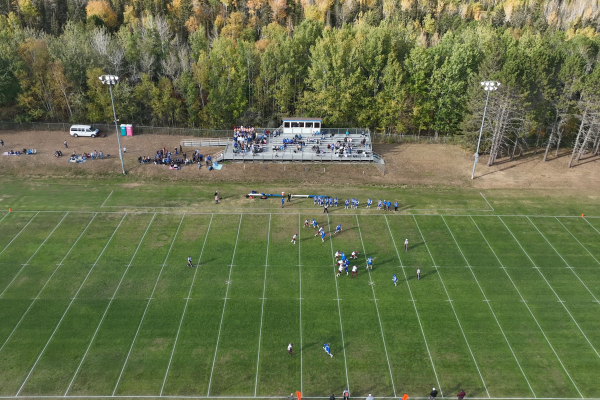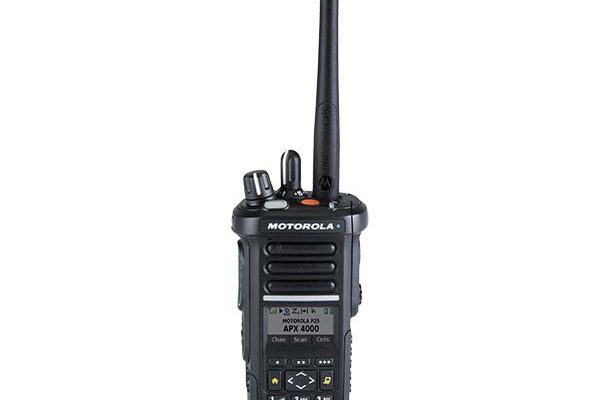Superior National Forest hires first full-time tribal liaison
When Juan Martinez traveled to the Grand Portage Lodge with other staff from the United States Forest Service to meet with the tribal council, he knew it was important to show respect for requesting their time.
With this understanding, Martinez, the first full-time tribal liaison in the history of Superior National Forest, brought an offering.
“I made up tobacco pouches for each council member,” Martinez said. “I see it as a matter of respect. They have taken the time to share their knowledge with us.”
The 46-year-old Martinez arrived to his new home in northeastern Minnesota in June. Along with his wife, Mary Jo, and their young son, Martinez found a home in Finland in nearby Lake County.
He was hired to be the tribal liaison for Superior National Forest, serving as a direct line of contact between the Forest Service and the Grand Portage, Fond du Lac, Bois Forte bands, and staff with the 1854 Treaty Authority.
Martinez arrives to Minnesota after serving as a tribal liaison for the Bureau of Land Management in northern Nevada. Prior to that, he worked on the Carson National Forest in northern New Mexico as a fish and wildlife biologist.
Martinez grew up in Taos, New Mexico, where his family hunted for deer and elk, fished for trout in cool mountain streams and gathered plants from the high desert and nearby mountains. His ancestors are Tewa and Comanche, as well as Hispanic.
When it comes to bringing an understanding of Indigenous communities to his new role as the tribal liaison on Superior National Forest, Martinez said so much of the process comes down to listening.
“The tribes have always wanted to have their voice be heard, so that’s not really a new thing,” Martinez said. “So, for me, having more emphasis on the government doing their listening of that voice has been really helpful.”
Ellen Bogardus-Szymaniak is the Tofte District Ranger on Superior National Forest. She says having Martinez on board as the tribal liaison for the massive Superior National Forest – which covers near 4 million acres in northeastern Minnesota and includes the entire Boundary Waters Canoe Area Wilderness and 1854 Ceded Territory – is a significant step for Superior National Forest.
“It’s more of ‘what do you want bands’, instead of ‘this is how we’re going to do it’ from the Forest Service,” she said. “So having Juan here and his expertise and his background is just so wonderful.”
Earlier this year, Deb Haaland was sworn in as the secretary of the U.S. Department of the Interior, making her the first Native American cabinet secretary in history. Like Martinez, Haaland was raised in New Mexico. Martinez points to the appointment of Haaland as an indication that work is being done at the federal level to better understand the values and hear the voices of Indigenous communities across the country. On Superior National Forest, Martinez says Forest Supervisor Connie Cummins is very open about her desire to engage with the bands.
On a recent afternoon in the basement of the Tofte Ranger Station, Martinez sat comfortably near a large table as he told stories of hunting and fishing while growing up in northern New Mexico. A small Orvis brand pack sat on one of the nearby tables, filled with notebooks, documents and books and other essentials as Martinez continues to learn more about 1854 ceded territory.
“I plan to get out and do some ice fishing,” Martinez said. “Everyone kept telling me about all the snow and ice up here. I’m ready for it.”
As winter settles in over Superior National Forest in the weeks and ultimately months ahead, Martinez said he is looking forward to getting outside as much as possible and doing some ice fishing in and around the Boundary Waters. Getting outdoors is something Martinez applies to both his personal and professional lives, and Sonny Myers, the director of the 1854 Treaty Authority, said this approach is a perfect fit for the new tribal liaison on Superior National Forest.
“It’s a resource rich environment,” Myers said. “It’s important to get out there. Not only that, it’s important for the liaison to get out and visit the reservations and see where people live and what are they doing there.”
The audio below contains more information on the first full-time tribal liaison for Superior National Forest.















